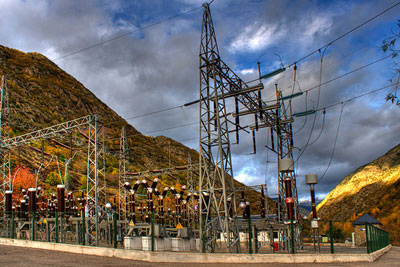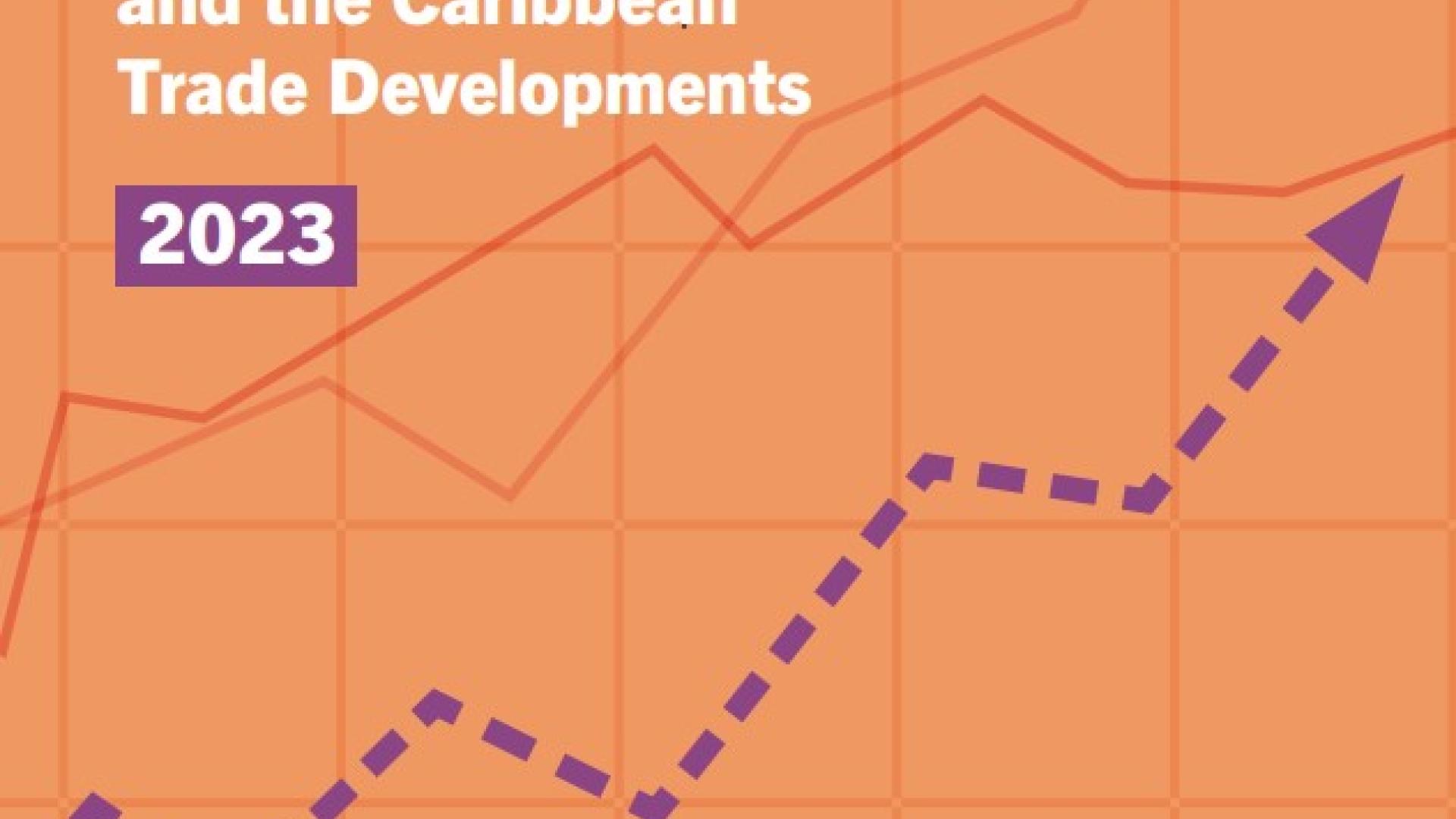News
(2 November 2011) According to a recent study released by ECLAC Subregional Headquarters in Mexico, sixty-five per cent of electricity produced in six countries in Central America in 2010 came from renewable energies (water power, geothermal, sugar cane and wind), which is a record for the subregion.
The report Central America: Electricity Statistics, 2010 states that last year, Costa Rica, El Salvador, Guatemala, Honduras, Nicaragua and Panama produced a total of 40,668.2 gWh, while the total electricity sales in these countries (which includes regulated and free markets) rose to 34,579.6 gWh, 3.8% greater than the level recorded in 2009.
The increase in the use of renewable energy sources is primarily due to the rise in hydropower production, which in 2010 was greater than the threshold of 20 Terawatt hours (20,974 gWh) for the first time.
Over the past year in the region, investments in new power stations have ended which amounted to around US$1.1 billion and represented a rise of around 500 MW in the generating capacity.
According to the report, in terms of stakeholders in the electricity sector in Central America, the most important was the revenue of the Colombian company Empresas Públicas de Medellín which acquired important electricity distribution companies in three countries: Del Sur in El Salvador, ENSA in Panama and EEGSA in Guatemala, activities worth more than US$800 million.
Likewise, it states that five business groups were responsible for 87% of the regional electricity market demand. They provide services to 93% of Central American users (almost 31 million people).
These companies are: the Spanish group Gas Natural (formerly Unión Fenosa), with a 22% share; EPM (21%); ICE-CNFL of Costa Rica (19%); ENEE of Honduras (15%), and the United States of America group AES (10%). The remaining 13% corresponds to large users (industry and services) and around 20 small distributing companies.
The report states that international electricity trade continues to be low, although it recovered thanks to exports from Mexico to Guatemala. The backbone of the Central American Electrical Interconnection System for Central America (SIEPAC) shows a high level of progress. Five of the six links between countries have been opened, as have two of the five national sections. The works should be finished in 2012.
Any queries should be addressed to the ECLAC Public Information and Web Services Section. E-mail: dpisantiago@cepal.org; Telephone: (56 2) 210 2040.
Follow us on: Twitter, Facebook, Flickr and YouTube.



